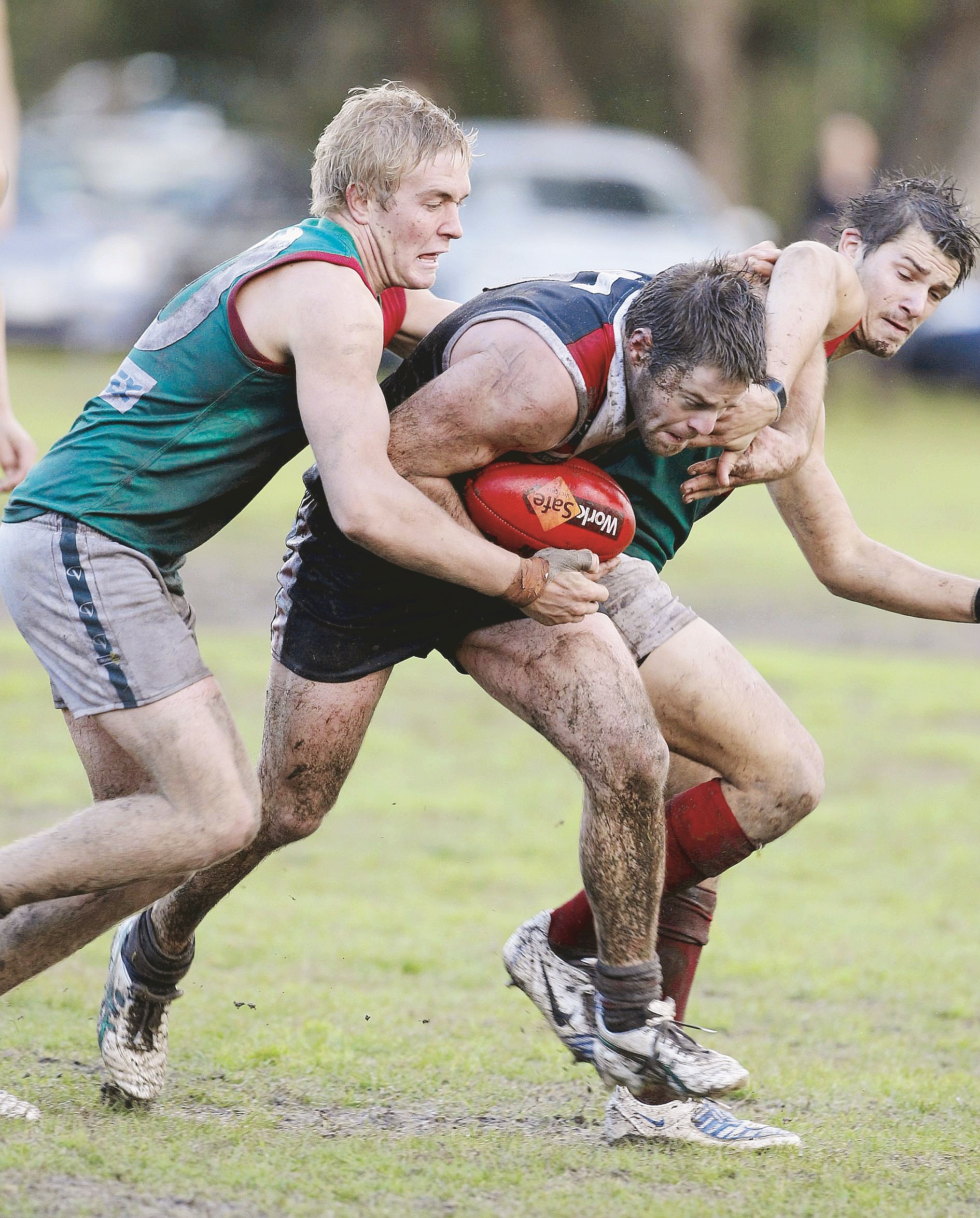
By DAVID NAGEL
DIVISIONAL football… it’s the perceived key tool in providing each and every club in the South East and Peninsula with an opportunity at success – and its introduction seems inevitable, too.
Firstly, AFL South East Commission general manager Jeremy Bourke has a history when it comes to overseeing competitions that have embraced the promotion and relegation format.
His success stories in managing the Victorian Amateur Football Association (VAFA) and the Northern Football League (NFL) were based around the introduction and management of divisional structures.
Bourke will insist that a collaborative approach will be what determines the future road map of football and netball in the south east, and that’s true, but his is a history that speaks for itself.
And, secondly, we are not the only growth corridor in Victoria that is assessing its needs.
AFL Barwon has recently undertaken a comprehensive review of its structures and has put forward a proposal that will see divisional football take a hold in 2016.
It’s not known yet how many of the three leagues under the AFL Barwon banner, Bellarine, Geelong, and Geelong and Districts, will commit to the structure next year but it’s definitely coming in.
The complexities of AFL Barwon and AFL South East are eerily similar.
AFL Barwon governs 34 clubs over three leagues, while AFL South East will govern 31 clubs over three leagues in 2016 after the recent defection of the Nepean and Peninsula leagues from the Mornington Peninsula Nepean Football League (MPNFL).
Long-term plans for AFL Barwon include four divisions of 10 teams, with new clubs to emerge from the Surf Coast and Bellarine growth corridors.
Estimates say the introduction of the four divisions could be 15 years away with new clubs, in the meantime, to be added to existing competitions.
It seems like a structure and growth plan that could be used in this part of the world as well, with the possibility of new clubs emerging in one of the fastest growing corridors in Australia.
The overall picture in Barwon is for football and netball teams to stay together, club performance assessments to be completed every year, with the structure to be reviewed after two seasons.
Initially, plans are for no promotion and relegation, instead movement will be based on application and club assessment.
Long term, the proposed four division 10 team format will have promotion and relegation between all four leagues.
The master-plan is in place!
DIVISIONAL FOOTBALL – 10 PROS AND CONS
THE PROS
1. Through competitiveness, the long term sustainability of clubs. Take Keysborough as an example, the club is booming based on being competitive once again.
2. The peaks and troughs of winning and losing will not be as great. Divisional football will smooth out the bumps and make clubs consistently more competitive.
3. Some old rivalries will be put on hold, but it’s been done in the past. Arch-rivals Beaconsfield and Berwick played just five times in the 19 years from 1983 to 2001 and their rivalry remains as strong today as it has ever been.
4. New rivalries will be created over time. The excitement of playing against and watching new talent, and visiting different venues will be exciting for players and spectators alike.
5. The perceived indignity of playing in a lower competition is a fallacy; a senior premiership is a senior premiership, no matter the standard of the league and crowds make no distinction.
6. The arms race, effectively spending up on big name players, will cease to exist for struggling clubs. Teams like Hampton Park and Tyabb will no longer need to compete with the big boys of their competitions.
7. New clubs will have an entry level that will allow them to be competitive. The current structure is too intimidating for a club looking to relocate, or for a new club coming in.
8. With new clubs coming in, divisional football would promote growth in participation numbers.
9. Player retention rates will increase due to the lure of success.
10. The departure of clubs such as Dingley, to the Southern Football League in 2007, and Keysborough, to the same league in 2015, would not have happened if a divisional structure was in place. The long term sustainability of the competition will be secure. If more clubs leave, there won’t be a competition at all and the stronger clubs will be forced to look at their own alternatives.
THE CONS
1. Some clubs have already expressed concerns about traditional rivalries being put on hold and, as a consequence, gate takings being affected.
2. Premierships have been won by 15 of the 31 clubs over the past 10 years. Half of the teams having tasted the ultimate success … is that strike-rate really so bad?
3. Only five of the 31 clubs have not played finals in the last five years. Devon Meadows, Doveton, Pines, ROC and Tyabb have all finished sixth so have been competitive in that time.
4. The competiveness of netball. With netball clubs and football clubs sticking together will there be a drop in competitiveness on the courts? Sorrento and Narre Warren may be a great football match, but netball….
5. Interleague football. What happens to SEFNL’s charge to the pointy end of the rankings? Will the hard work of players like Michael Collins and Marc Holt go to waste?
6. Gate takings will be down when crowds have to travel.
7. Clubs may find themselves in a division where travel is a constant and does become an issue.
8. It may be a good idea down the track, but has there been enough time and energy been invested into the concept to get it up and running in 2016?
9. Will tanking become a concern? Will clubs protect their own self-interests, have a quiet year on the recruiting front and bank their pennies for a tilt at the lower grade premiership the following year?
10. It will be a tipster’s nightmare!






